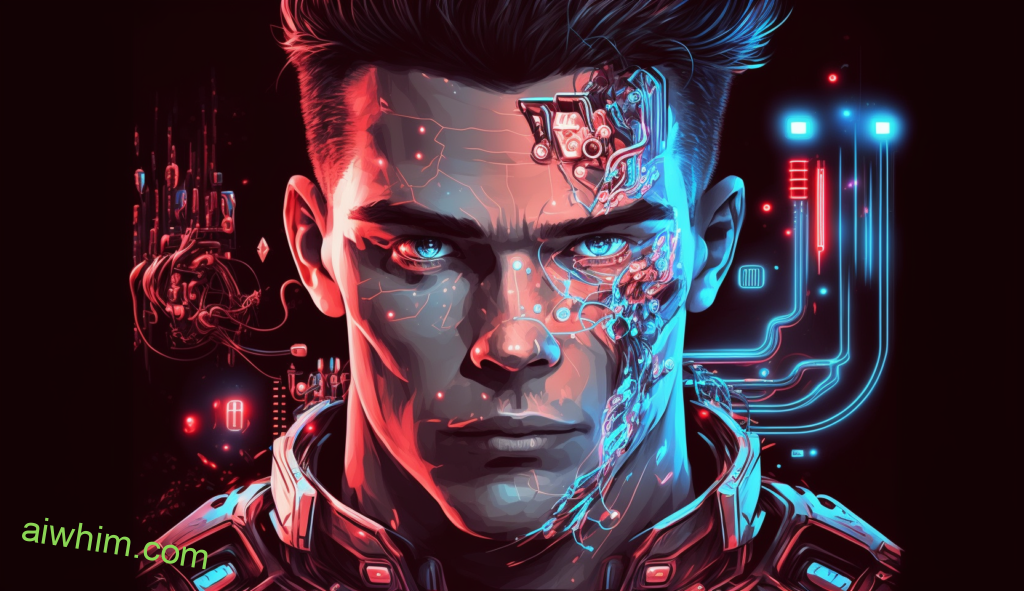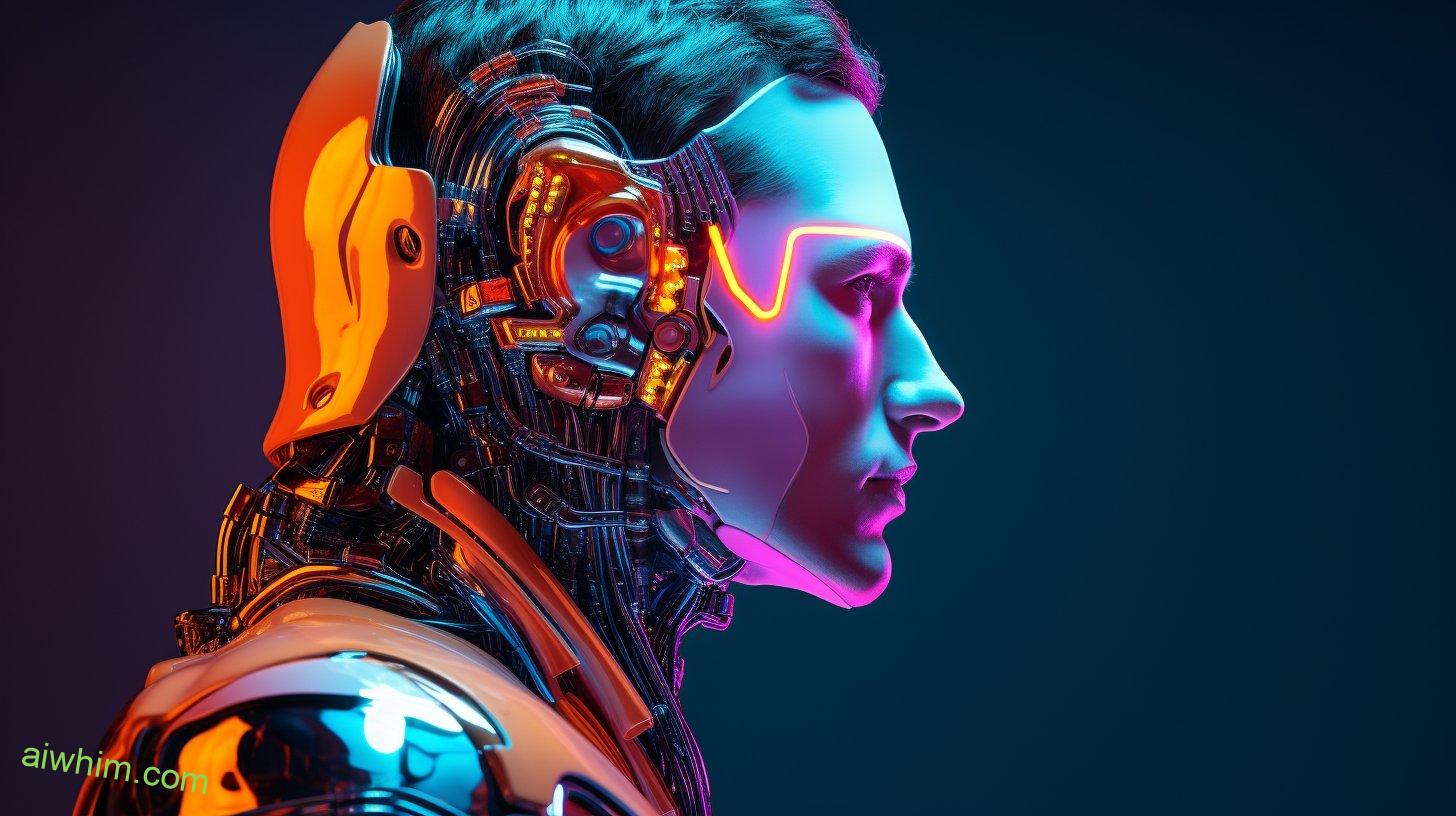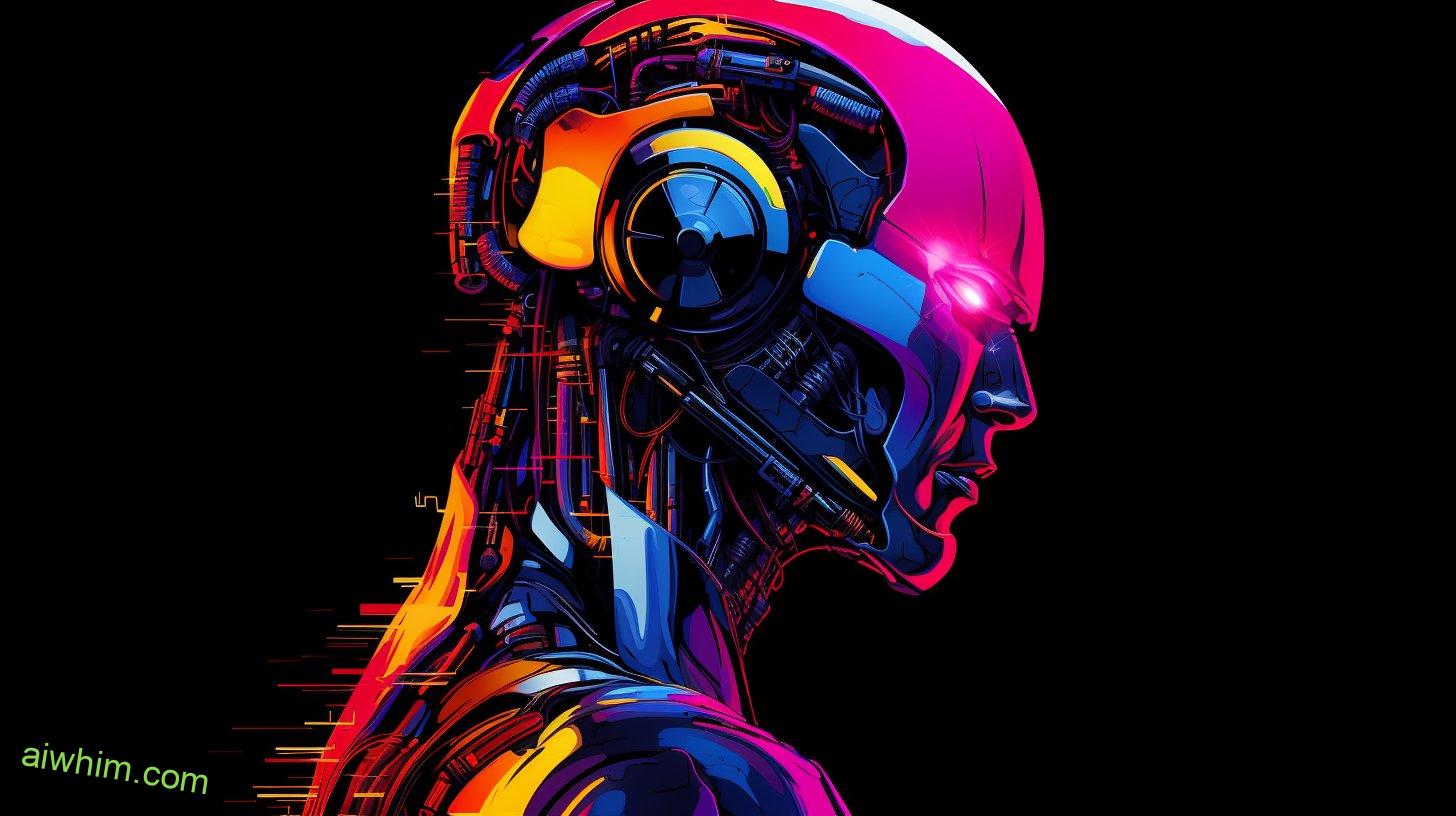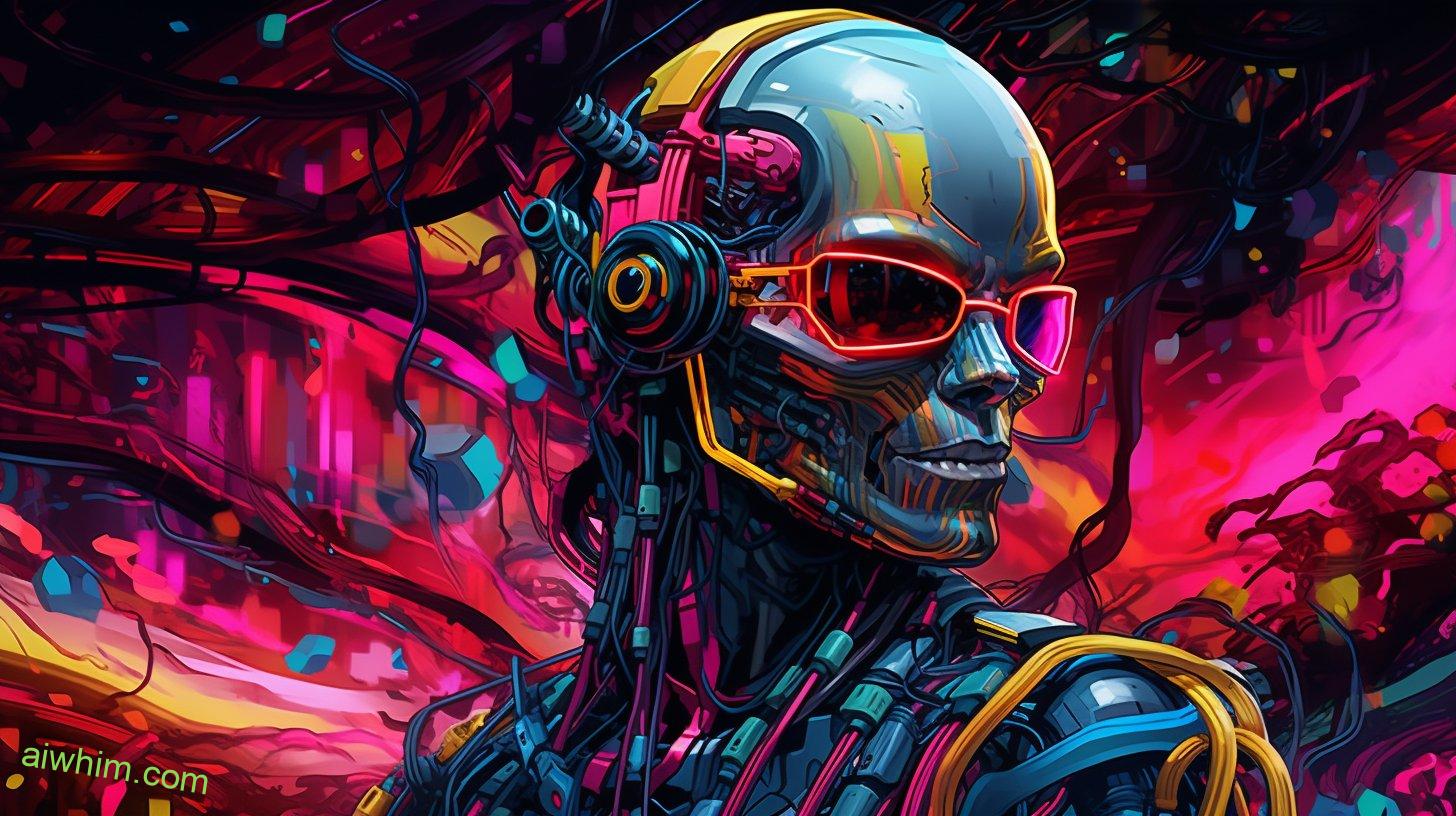In today’s world, the potential of artificial intelligence (AI) is rapidly growing. With its ability to calculate and think faster than humans, it raises an interesting question: will athletes ever be replaced by AI? This article looks at this thought-provoking concept from a variety of angles, exploring what could happen if AI was able to compete in sports with humans.
Athleticism has been associated with freedom for centuries—it represents physical independence and strength that many people strive for. As such, any notion of replacing athletes with robots or computers likely stirs up strong emotions amongst those passionate about their sport. In contrast, some might welcome the idea as a way to level the playing field—allowing anyone access to training techniques and performance data regardless of background or financial means.
This discussion promises to delve into all aspects of the debate surrounding AI in athletics; from both sides of the argument we can learn more about the future implications that come with introducing AI into our lives. What are your thoughts on this topic? Read on to find out what experts have said about whether athletes will one day be replaced by AI!
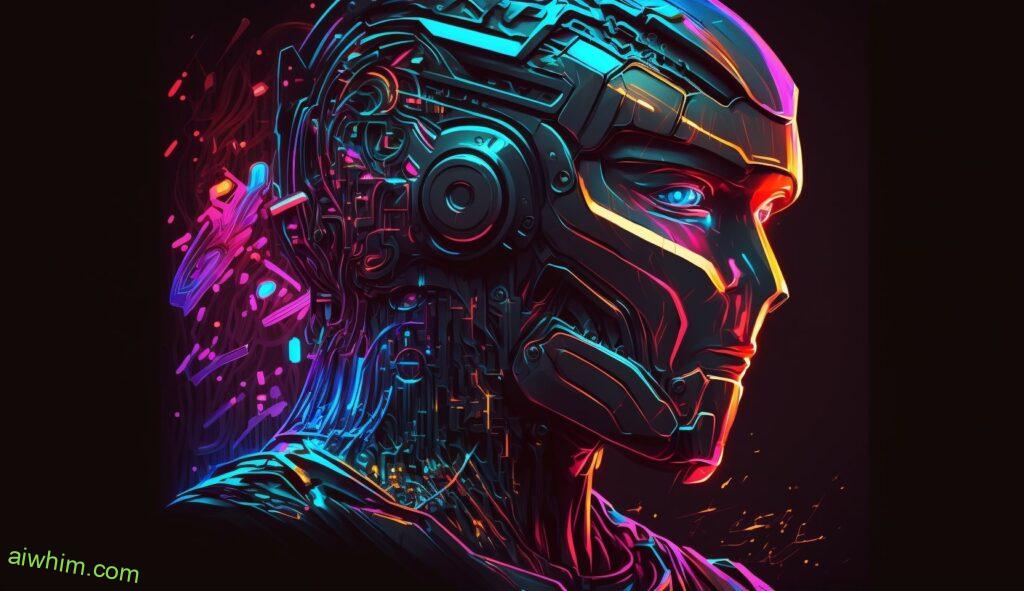
This article specifically addresses the future of Athlete Careers in the AI era, but if you are instead a fitness trainer curious about how AI will affect your job, then click the link!
Definition Of Artificial Intelligence (AI)
Imagine a world where robots are seen as the norm. A place where machines have taken over many of the roles that humans typically play, from driving cars to managing finances. This is what life could be like one day if Artificial Intelligence (AI) continues to evolve. AI refers to computer systems that can perform tasks traditionally carried out by human beings such as thinking, problem-solving and learning. It involves technologies such as machine learning, deep learning, natural language processing and computer vision which enable computers to understand input data in order to autonomously generate output without any direct programming or human supervision.
In recent years, AI has been rapidly advancing due to an increase in computing power and availability of large datasets for training algorithms. These advances have made it possible for AI applications to handle complex tasks with precision and accuracy beyond what’s achievable through traditional methods of analysis. Additionally, AI can help automate mundane processes so people don’t have to worry about them and focus on more important activities instead.
The potential implications of AI developments open up numerous opportunities for businesses and society at large; however, there are also concerns regarding its impact on our lives and livelihoods – particularly when it comes to replacing manual labour with automation or displacing workers who cannot adapt quickly enough. In this sense, the question “Will athletes ever be replaced by AI?” needs further exploration before we can make an informed decision on how far AI should go in terms of its implementations across different industries.
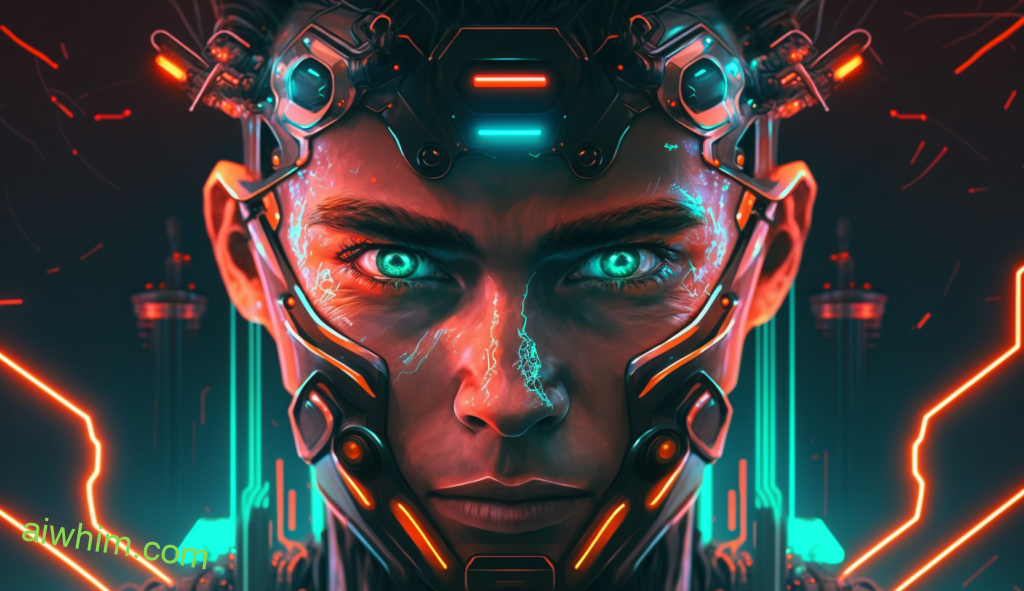
History Of AI In Sports
AI has been a part of the sports world for some time, and its presence is only growing. Its history in sports can be traced back to at least the 1970s when AI was used to analyze athletes’ performances. Since then, AI advancements have enabled it to become more heavily involved in different aspects of sports, such as scouting opponents and aiding coaching decisions.
The implementation of AI in various areas of sport has seen great advancement over recent years. For example, AI-based analytics are now being used by professional teams across all major sports leagues around the world. It is also becoming an increasingly important tool for training athletes and analyzing trends in performance metrics. Furthermore, automated video analysis systems are being developed that allow coaches to quickly review footage from their team’s games.
It looks like AI will continue to play an even larger role in the sporting industry going forward. As technology continues to improve, we can expect AI applications to expand into new realms of the field and provide invaluable insights on game tactics, player development, and data-driven decision making.
Here are five key ways that AI is currently impacting the sports world:
- Analyzing athlete performance/gameplay
- Evaluating potential recruits through scoutingopponents
- Automated video analysis systems
- Facilitating speedy decision making during games
- Assisting with injury prevention programs
AI’s influence within the realm of sports is undeniable – it has already had a profound impact on both players and coaches alike, allowing them to make smarter decisions faster than ever before. With further research and innovation there’s no doubt that it will continue to revolutionize how we view modern day sport.
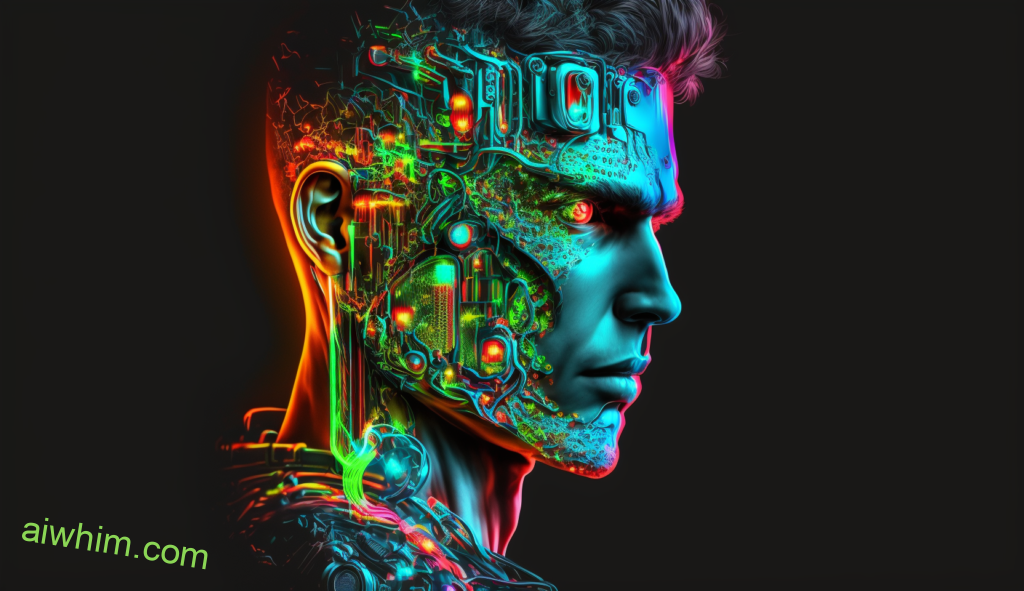
Benefits Of Using AI In Sports
The possibilities of Artificial Intelligence (AI) in the sports world are endless. While AI is not likely to completely replace athletes anytime soon, it’s clear that using AI can bring a number of benefits. To put it simply, AI could be a game-changer for the sports industry.
First and foremost, AI has the capability to provide data much faster than human beings ever could. For example, advanced analytics can give teams insight into which players have performed better or worse throughout a single season or over multiple seasons. This level of detail would be impossible to track without the use of AI technology. Additionally, this kind of information gives coaches an edge when making decisions about their lineups or strategies. With access to more detailed data, coaches can make better informed decisions and ensure their team plays with optimal efficiency.
Furthermore, AI technology can be used for training purposes as well. By tracking athlete’s performance in real time, coaches can immediately identify areas where improvement is needed and adjust accordingly – something that may take weeks or months if done manually by humans. As such, athletes will benefit from being able to train smarter rather than harder while still improving their skillsets at an accelerated rate compared to traditional methods.
It is evident that there are numerous advantages associated with utilizing AI within sports organizations; however, its potential has yet to be fully realized due to technological limitations and ethical considerations surrounding automation processes involving human athletes. Despite these challenges, it cannot be denied that harnessing the power of AI provides many opportunities for improved performance on both individual and organizational levels – all while allowing people more freedom in terms of athleticism and creativity on the field instead of being replaced altogether by robots or machines controlled by algorithms alone.

Potential Impact On Human Athletes
The introduction of AI into sports has the potential to drastically change how athletes perform and compete. While there is no doubt that this technology can help improve performance, it also raises questions about its impact on human athletes. In this section, we will explore both the positive and negative implications for humans in light of AI-assisted sports.
AI could potentially have a massive impact on athlete performance as well as their jobs. With AI tools available to players, coaches can develop new strategies with unprecedented accuracy and efficiency. This could lead to some competitive advantages for teams employing these technologies which may put other teams at a disadvantage. Additionally, if certain tasks become automated by AI, it could reduce the need for manual labor from athletes who are used to performing them themselves.
On the flip side, however, AI can open up opportunities for athletes that weren’t previously possible before its introduction. By having access to advanced analytics and data processing capabilities, athletes can gain better insights into their own performance and make more informed decisions during games or competitions. Furthermore, AI provides an opportunity for greater collaboration between team members as they use algorithms and machine learning techniques to achieve improved outcomes together.
It’s clear that introducing AI into sports brings both benefits and risks for human athletes. But even though there might be some concerns over replacement effects due to automation, ultimately the outcome depends upon how each individual chooses to apply this emerging technology within their respective sport or profession.
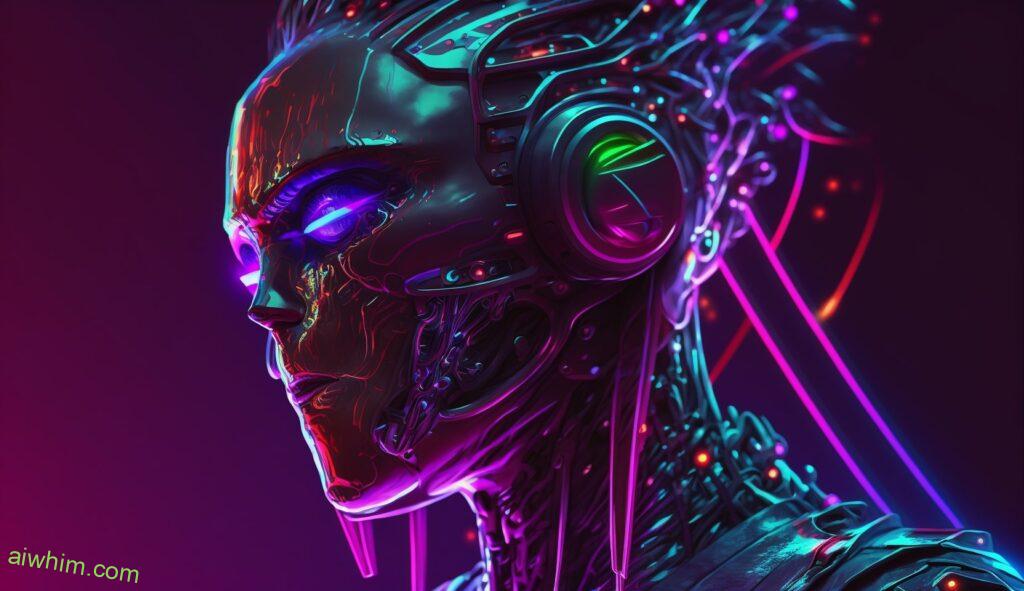
Challenges To Implementing AI In Sports
As technology continues to advance, it’s not hard to imagine a world where artificial intelligence (AI) replaces athletes in sports. While there are many potential benefits of implementing AI into the sporting realm, such as machine performance and accuracy, this transition is not without its challenges.
First, cost issues may prevent teams from investing in the necessary resources needed for incorporating AI into their sport; depending on the team’s budget size, software, hardware and personnel costs can be quite high. Furthermore, even if a team is able to finance these investments upfront—which often requires long-term financial planning—there could still be additional maintenance or upgrade fees later down the line.
In addition to cost factors, logistical issues also pose an obstacle when attempting to implement AI in sports. Teams need enough space that both athletes and machines can coexist safely and securely; plus, regulations must be put in place so no one at risk of injury during competition. Moreover, any data collected by AI systems needs proper storage protocols; otherwise teams will have difficulty accessing the information they need when making decisions about training sessions or game plans.
Overall, while replacing athletes with AI has numerous advantages, there are still several hurdles that need to be overcome before we see robots competing against each other on professional playing fields anytime soon.

Current Examples Of AI In Sports
The potential for AI to revolutionize sports is rapidly becoming a reality. Through the use of machine learning and analytics, many teams are now using AI-sports technology in order to gain an edge over their opponents. In some cases, AI training has even replaced traditional scouting methods as coaches look to optimize their team’s performance.
One example of AI being used in sports is with player analysis. Artificial intelligence can be used to track players’ movements on the field and help determine which skills need improvement or where individual strengths lie. This type of data can also be used by opposing teams to scout out weaknesses that they can exploit during games. Additionally, analytics-sports technology can provide detailed insights into how certain plays work against different types of defenses, enabling teams to prepare more efficiently and effectively for upcoming matches.
AI-powered technologies have also been put to use in coaching decisions. By leveraging predictive algorithms, coaches can make smarter decisions about when to substitute players or what kind of playstyle might give them an advantage over their opponents. With these kinds of technologies at their disposal, teams will no doubt start seeing improved results on the court or field–allowing them greater freedom and flexibility in decision making than ever before.
No longer just science fiction, AI is changing sports right before our eyes – giving athletes access to new resources never seen before while providing fans with unprecedented insight into the inner workings of their favorite teams and players. It won’t be long until we see just how far this cutting-edge technology can take us!
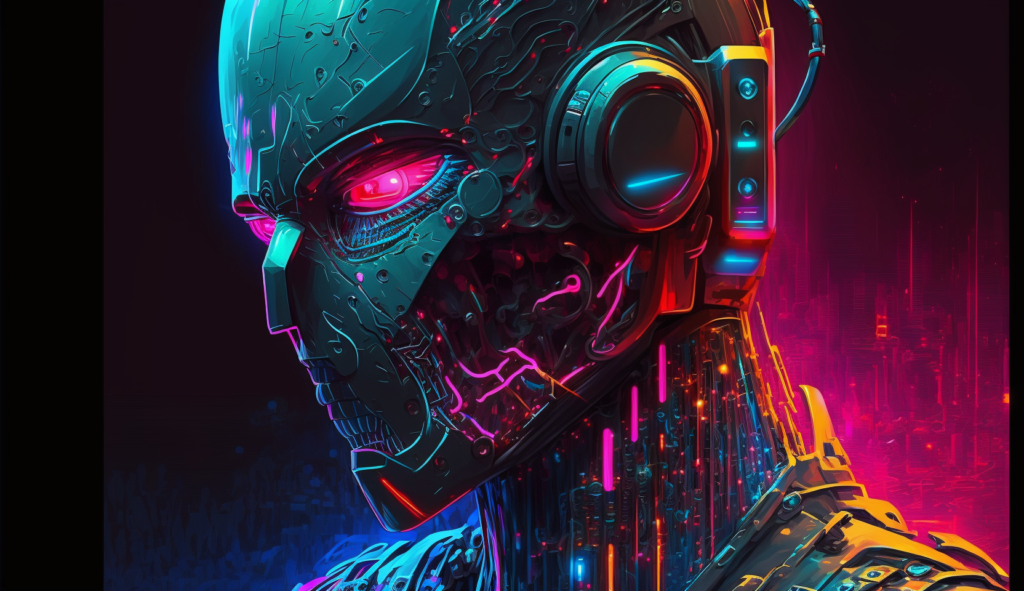
Future Uses Of AI In Sports
The future of sports is shrouded in uncertainty, like a thick fog obscuring the horizon. AI has already begun to penetrate the realm of athletics, with machine learning and artificial intelligence transforming how both amateur and professional athletes train and compete. As technology advances, so too does its potential applications within the world of sports, bringing us closer to an era where digital stand-ins could replace human athletes altogether.
AI in sport could revolutionize training regimens by allowing players to simulate opponents’ movements and strategies without ever stepping onto a court or field; as well as provide detailed feedback on form, technique and skill execution that would otherwise be impossible for coaches to observe objectively. Additionally, AI-driven analytics can offer more accurate predictions about player performance than traditional metrics alone. This data can help teams make better decisions when it comes to personnel selection, game plan development and even tactics during games themselves.
The idea of AI replacing actual humans may seem farfetched now, but given enough time it’s not unreasonable to think we’ll see virtual simulations featuring robotic avatars replacing real athletes entirely. While this notion raises ethical questions regarding fairness and responsibility – especially when taking into account issues such as injury prevention – there’s no doubt that such advancements could bring tremendous value to the industry through increased access to higher levels of competition at all ages. Ultimately though, only time will tell whether these technological breakthroughs will lead us towards a new age of athletic excellence or forever alter our definition of what it means to be an athlete.

Ethical Considerations With AI And Sports
The incorporation of artificial intelligence (AI) into the world of sports has sparked a heated debate about ethical considerations. On one hand, AI can provide accurate and detailed machine performance that surpasses human athletes; on the other, it raises questions about how much control humans should have over machines and whether or not this could lead to an infringement upon our freedom.
One major ethical consideration with using AI in sports is its potential for creating an unfair advantage for those who can afford it. As current technology stands, access to sophisticated AI systems isn’t widely available yet due to their high costs. This means that only certain people would be able to benefit from these powerful tools while more disadvantaged populations may remain sidelined by them. If such disparities between individuals become commonplace, then it could create inequality within the sporting arena and potentially fuel further divisions within society.
Another concern lies in replacing human athletes altogether with machines and robots powered by AI. While this could improve accuracy and precision levels on the field, relying too heavily upon machines could also erode the sense of pride and accomplishment associated with athletic success as well as take away some of humanity’s greatest achievements in sport. It might even result in reducing job opportunities for professional athletes since there wouldn’t be any need for them if they were already replaced by machines doing their jobs better than they ever did before.
Overall, incorporating AI into sports brings up many complicated ethical issues that must carefully weighed against each other before making any decisions regarding its use in sport today. The implications of such decisions will likely extend far beyond just athletics – reaching deep into societies around the world and affecting all aspects of life as we know it now.
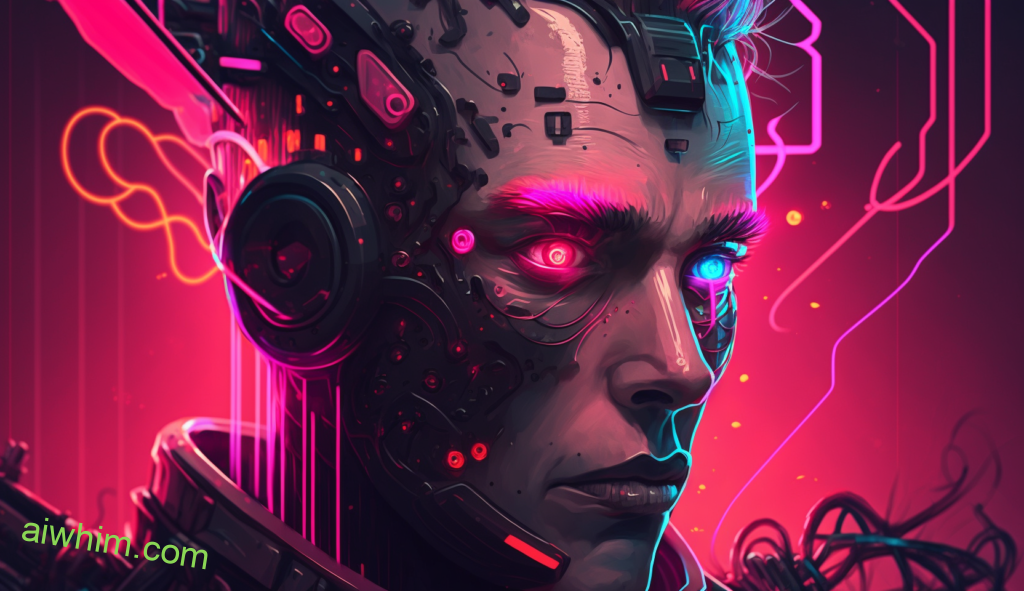
Controversies Surrounding The Use Of AI
The potential of artificial intelligence to replace athletes is not seen lightly. With AI becoming more and more accurate in its simulations and predictions, there is no denying the fact that it could eventually outmatch human performance. This idea alone has caused a flurry of controversy – with debates surrounding ethical implications, public opinion, bias, and privacy all at large.
The biggest concern regarding the use of AI in sports is whether it will be used ethically or not. The technology can provide greater accuracy when predicting game outcomes but may also cause unfair advantages for certain teams due to biases within algorithms developed by humans. Furthermore, if data about players were collected without their consent then this would constitute an invasion of privacy – which many people see as unacceptable.
These controversial issues have made it difficult for leaders to decide how best to proceed when considering using AI in sports. While some believe that such technologies should be welcomed as they offer clear benefits – others worry that introducing them would lead to a slippery slope where our freedom becomes increasingly restricted. It seems like only time will tell what happens next; however, one thing remains clear: society must learn from its mistakes so we don’t allow history to repeat itself in this ever-changing landscape of AI and sport.
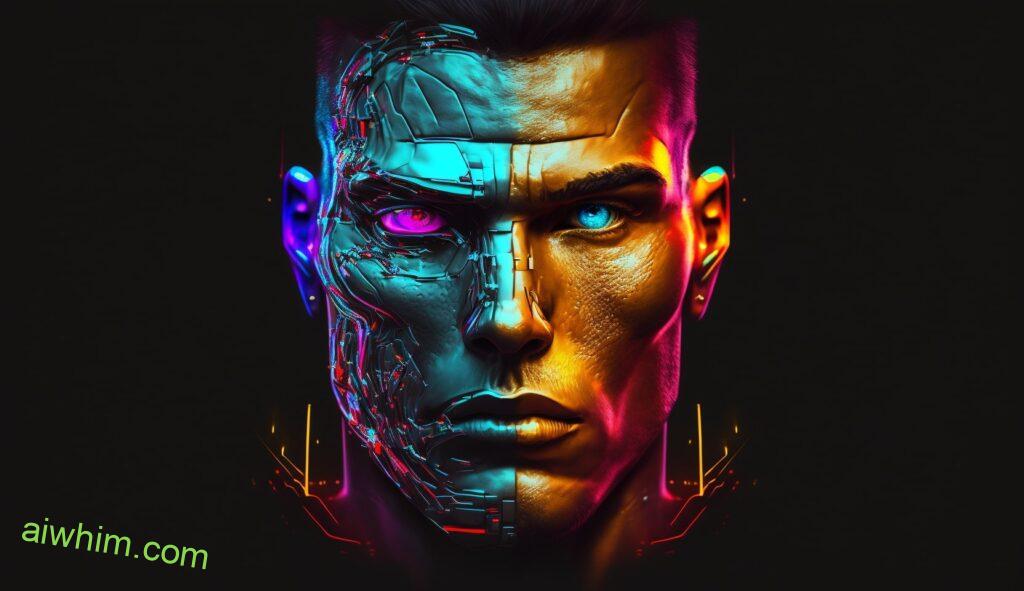
Technology Needed For AI To Replace Human Athletes
Can artificial intelligence (AI) ever replace human athletes? To answer this question, it is necessary to consider the technological advancements that would need to be made for AI to effectively compete with humans. In order to achieve this goal, advances in machine learning, robotics engineering, data analysis and natural language processing must occur.
When it comes to machine learning, AI systems can already recognize patterns and make predictions based on those observations. However, they do not yet have the capacity to think like a human athlete when making decisions during competition. For example, an AI system may be able to calculate the most efficient route between two points but cannot anticipate what other athletes will do as well as a human athlete could. Therefore, further development of machine learning algorithms is required before AI can rival human athletes’ performance.
In addition, improvements in robotics engineering are needed for AI-operated robots to match or exceed the physical capabilities of their human counterparts. Robotics technology has advanced significantly over the past few decades; however, many obstacles remain in terms of creating robotic hardware capable of performing athletic feats such as running or jumping at speeds comparable with that of top human athletes. Furthermore, these machines must also possess enough precision and agility so that their movements appear natural and less mechanical than they currently do.
Finally, more complex data analysis techniques should be developed so that AI can better interpret sports scenarios and understand how different factors interact with one another in real time play situations – something which requires far greater computational power than current systems possess. Similarly, natural language processing is essential if we want our robot athletes to comprehend verbal commands given by coaches and teammates during games or competitions.
The truth is that there’s still much work ahead before artificial intelligence can truly challenge its biological counterparts in the realm of athletics. It remains unclear if AI will ever fully supplant humanity’s centuries-old dominance over sports—but progress continues apace towards unlocking its potential for doing just that someday soon . As of now, AI is already being used to assist athletes in every aspect of training and performance, from helping to develop personalized training regimens to analyzing game data. In the future, AI could potentially enable robots to compete alongside humans, or even autonomously challenge humans in full-contact sports.

Role Of Data And Analytics With AI
Data and analytics play a crucial role in the development of AI. Without data, it would be impossible for machine learning algorithms to make accurate predictions or identify patterns in sports performance. With enough data points, predictive modeling can accurately predict outcomes with impressive accuracy. Sports analytics is often used by coaches and teams to evaluate players’ performances and identify areas needing improvement.
AI algorithms are also used to analyze athlete movements on the field such as acceleration, speed, and agility. This helps coaches understand how their athletes move within different scenarios and enables them to optimize techniques for better performance. Additionally, AI-based applications can track player health metrics like heart rate, sleep quality, hydration levels, and fatigue levels—all important aspects that influence an athlete’s performance. By monitoring these vital signs through advanced sensors connected to digital devices, coaches get real-time insights into the physical state of their players which they use to adjust training regimens accordingly.
AI has already revolutionized many industries with its ability to automate processes and provide actionable insights; however, it’s important to remember that no matter how technologically advanced we become, true human emotion will never be replaced by machines. AI technology may help us improve our athletic abilities but at the end of the day it cannot replace passion or drive – something only humans possess. Therefore while AI certainly has a place in sports analysis today there is still room for individual creativity and skill when competing on game day.

Differentiating Between Human And Machine Performance
Recent research shows that over the last decade, AI has surpassed human performance in almost all areas of life. But when it comes to activities like athletics, can machines really compete with humans? To answer this question, we must first look at how to differentiate between human and machine performance.
The key difference is that machines are powered by algorithms which operate on a much more precise basis than humans do. Machines don’t need to take into account external factors such as fatigue or emotion; they simply process data and execute tasks according to their programming. On the other hand, people have complex cognitive functions like intuition and creativity which allow them to make decisions based on personal experience and instinct. These skills cannot yet be replicated by technology.
When comparing human-machine performance and machine-human performance, there are several aspects to consider: accuracy, speed, agility, flexibility, precision and cost efficiency. Machines tend to outperform humans in terms of speed and precision while humans often excel at agility and flexibility due to their ability to think outside the box. In addition, machines run on electricity so they are usually cheaper to maintain compared with hiring human labor for long periods of time.
Athletes may not be able to outrun robots any time soon but what sets us apart from machines is our capacity for self-expression through physicality – something no robot will ever be able replicate. As new technologies continue to emerge every day, it’s important for us as individuals (and collectively) recognize the power of being human –– one that goes beyond mere mathematical calculations or robotic motion control systems.
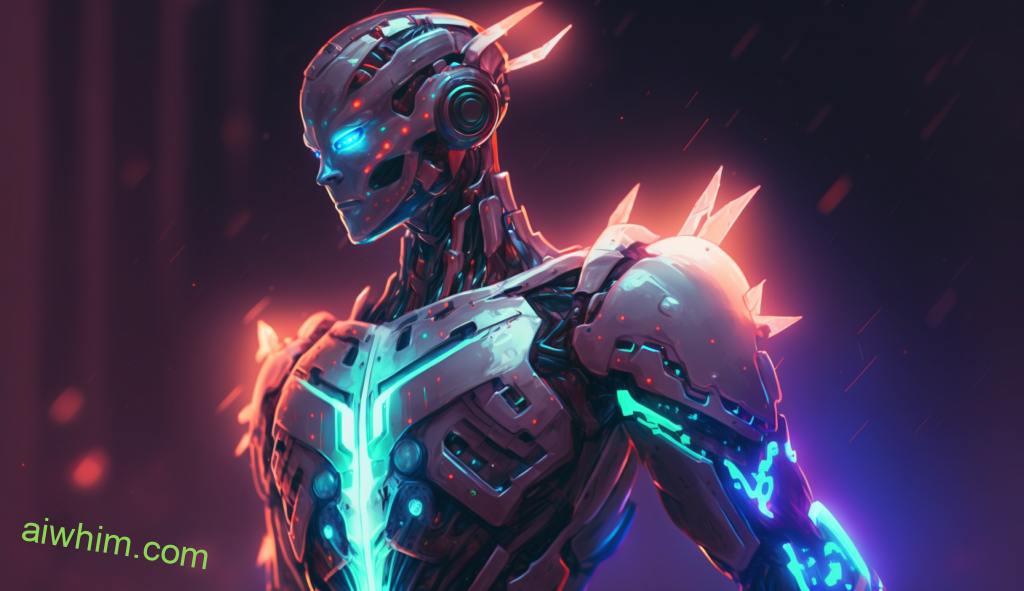
Cost And Logistical Issues For Implementing AI
The cost and logistics of implementing AI to replace athletes is a significant challenge. This is because not only are there financial challenges associated with the budgeting for such technology, but also logistical requirements that must be met in order to make sure it can be implemented properly.
For instance, before any implementation of AI-based systems, a detailed analysis must first take place regarding its potential effects on other aspects of sport and how long it would take to implement these changes. If the plan isn’t carefully thought out beforehand, then costs could skyrocket as resources may need to be shifted around to accommodate different parts of the process. Additionally, if budgets are too tight or the project hasn’t been planned correctly from the start, then much needed resources might not even be available when they’re required most.
Furthermore, it’s important to remember that technology doesn’t always work perfectly at all times so teams must account for possible problems and issues throughout both development and deployment stages. That means having contingency plans in place should things go wrong and making sure those responsible understand exactly what needs to happen if an issue arises during the course of this transition period. All these steps require additional manpower which will further add onto already high costs associated with implementing AI into sport environments.
It’s clear that replacing athletes with Artificial Intelligence won’t come without its own set of difficulties and complications – especially when considering the complex array of cost/logistical factors involved with such an endeavor.

Pros And Cons For Replacing Human Athletes With AI
Though the cost and logistical issues for implementing AI in sports are significant, there is still a discussion to be had around whether or not human athletes could ever be replaced entirely by artificial intelligence. According to recent research, AI-driven data analytics have been used more frequently in professional soccer matches over the past year alone than any other sport. This statistic emphasizes just how quickly machine performance has improved and indicates that it may soon become capable of replacing humans on the field.
The potential pros of using AI technology instead of human players include increased efficiency, accuracy, and lower costs – but these benefits come with their own ethical considerations as well. Would it be fair to replace people who’ve dedicated their lives to mastering a sport with machines? How would this change our perception of athletics? Additionally, while technological advancement will likely reduce some logistical issues in sports such as decreased injury rates, others might arise due to new safety protocols required when interacting with robots or relying too much on data analytics.
Ultimately, though advancements in AI technology make it increasingly possible for machines to take over certain roles from humans in sports, many questions remain about its implications for athlete health and development as well as what kind of experience fans will want from games going forward. All things considered, regardless if an event is powered by human players or Artificial Intelligence, audiences’ desire for freedom must always remain at the forefront.
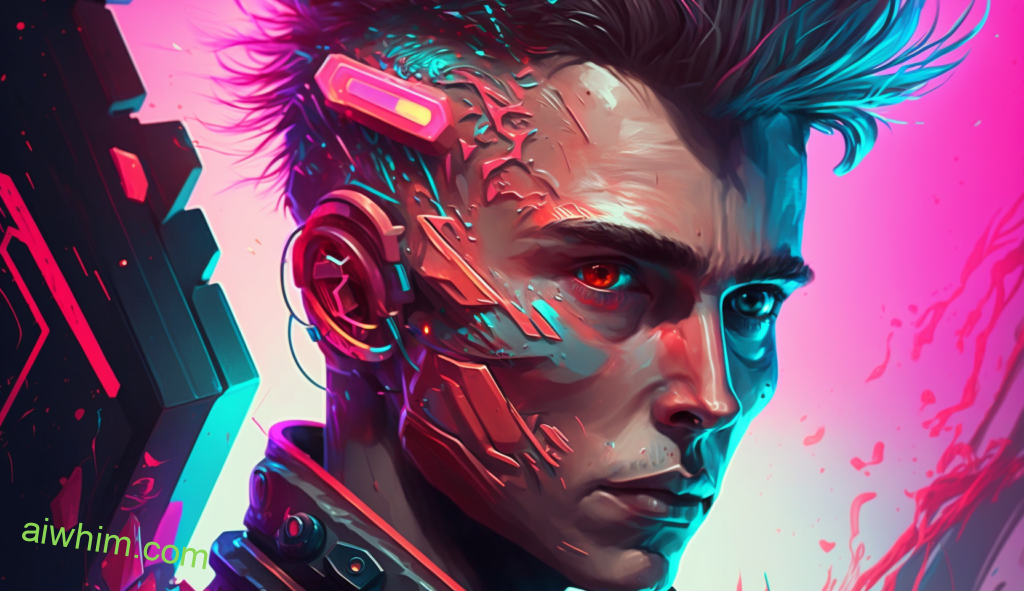
Conclusion
In conclusion, using AI would benefit both teams and players by providing greater accuracy, faster processing times, more data-driven decisions, and increased safety measures on the field. On the other hand, machines lack emotion which gives humans an edge when playing certain types of games that require improvisation skills such as basketball or football. It’s also possible that using AI could take away jobs from people who rely on their athletic abilities for income.
While it may never completely replace athletes altogether, Artificial Intelligence has already had a huge impact on sports over the past few decades. As we move forward into this rapidly changing landscape of technological advancements, only time will tell what type of impact they will have on today’s athletes and beyond.
Author: Ole Paulson
Author Bio: I’m Ole and on this website, I share everything there is to know about Artificial Intelligence, and useful tips for using AI to our advantage. I have a background in data science and research and have been following the AI-space for years. You can read more about me in the “About” page.

